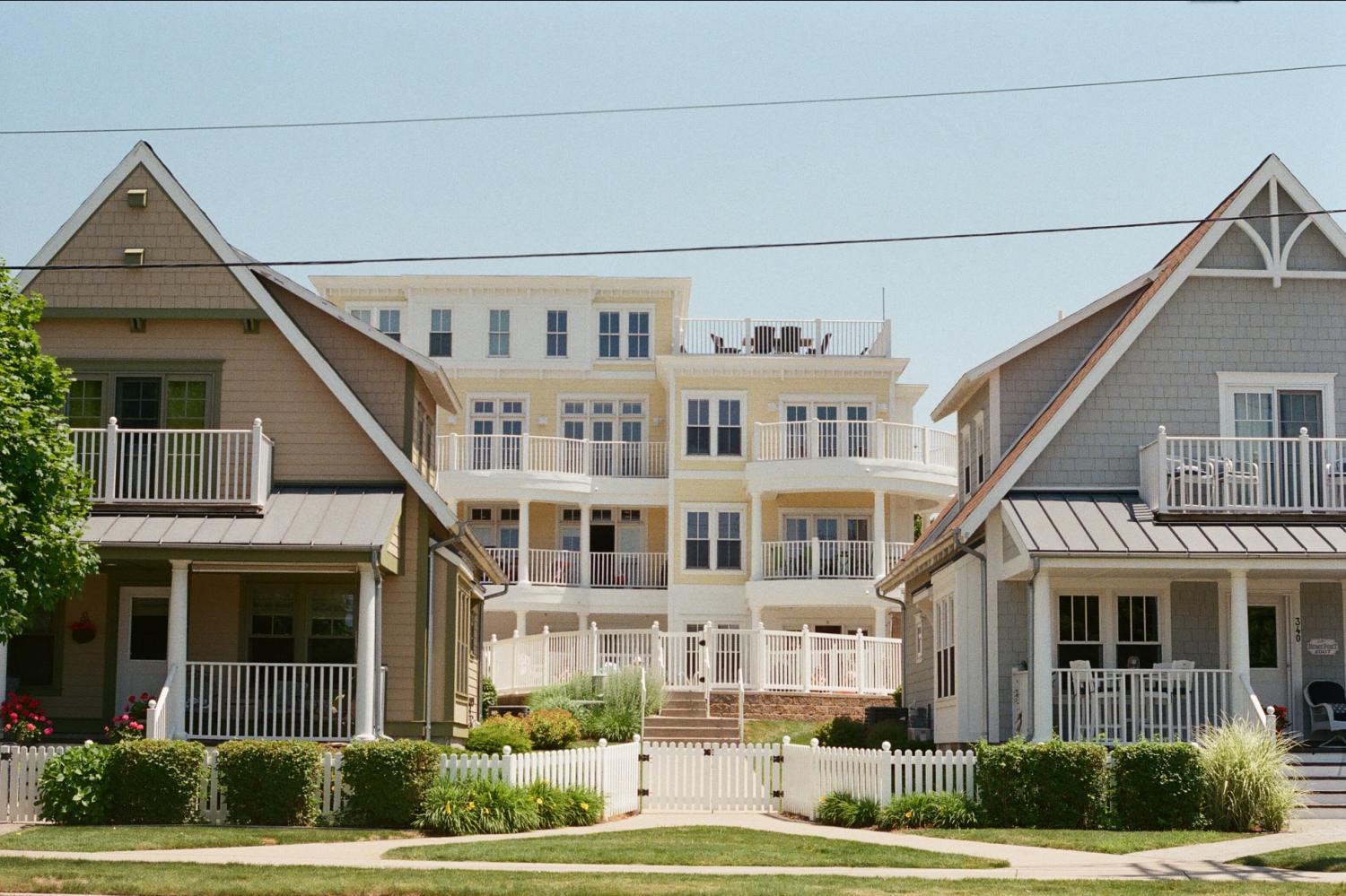‘Affordable Housing’ should not be an exaggeration; the construction industry must rise to the challenge.
The term “starter home,” a phrase long used to describe one steppingstone toward building wealth for young people, will soon become a phrase long forgotten as the average price of homes across the U.S. continues to skyrocket. But despite an acknowledgement that the country needs more affordable housing, no one can seem to agree on how we as a society can ensure that people who make a decent wage have the means to afford a safe and secure roof over their heads.
Many of the factors behind the cost of housing becoming far out of reach for more and more Americans has to do with government, specifically zoning laws. Racist policies that have driven many zoning laws certainly contributed to this problem, as well as the outdated snapshot of the American dream, which instilled in many of us that success means a single-family home with a two-car garage in the suburbs. Some of the reasons why outdated residential zoning codes remain on the books border on the ridiculous, as in one tony Silicon Valley town that has pushed back against any affordable housing due to the perceived threat of mountain lions.

Government failures and NIMBYs notwithstanding, the wider building industry, spanning the value chain from the construction sector to local real estate agents, also must share responsibility for the struggle in which many citizens now find themselves. As corporate lobbying has contributed to this and other social problems citizens often face, it’s about time the industry deploys its influence to convince the feds as well as state and local governments to transform how it approaches housing so everyone has a shot at the housing market’s final end game: building wealth for future generations.
Current zoning laws have allowed for a cycle that has made it extremely difficult to build multi-unit dwellings, as in condominiums, townhouses and even duplexes. At the same time, builders have had little incentive to push for meaningful rezoning, as market forces made the construction of single-family homes a very profitable venture. Consumer expectations haven’t helped, either. “Success has been defined upward, and every generation needed a slightly larger home — or more recently, McMansion — to show they’ve made it,” wrote Patrick Sisson for Curbed two years ago.
The industry’s proclivity to build single-family homes became amplified even more during the pandemic, as people sought more space in the suburbs and small towns, with single-family homes often becoming the most lucrative investments for players within the residential real estate market. Meanwhile, real estate investors purchased almost one out of every seven residential homes put on sale during 2021, further limiting the availability of affordable housing stock, especially in neighborhoods where the majority of residents were Black.
While many people of color have long been priced out of neighborhoods in which their families and peers have lived for several generations, racist assumptions, in addition to zoning policies, have also contributed to the crisis of any lack of affordable housing nationwide. Proposals for affordable housing units over the years have been frequently met with loud disapproval from local homeowners, who often assume that their homes’ values will decline if “others” move in — even though more than one study has found that the impact of any affordable housing units on surrounding home values is at worst, negligible.
Such discussions over property values drown out a larger point that citizens and leaders of all stripes must grasp, yet this a battle that is still an uphill one. “But the point of building affordable housing,” as Sarah Holder for Bloomberg recently wrote, “is not to boost property values for neighboring homeowners: It’s to get more people safely housed.”
As more companies and industries seek to prove their sustainability, corporate responsibility and ESG (environmental, social and governance) chops, it’s about time the building and real estate sectors start to divert some of its lobbying efforts and show that it can be a force for social good.
Compared to other sectors, such as the healthcare and finance industries, construction and real estate companies don’t shell out as many dollars in any efforts to court politicians. Nevertheless, the construction industry in 2021 spent more than $55 million last year on lobbying efforts, and the National Association of Realtors plunked down about $44 million alone to influence policymakers during the same time frame. Add those dollar amounts together and compare it that almost nine-figure sum with the U.S. Chamber of Commerce and its notorious reputation for influencing the halls of government: The Chamber spent just over $66 million on lobbying initiatives last year.
As more municipalities struggle to rewrite their zoning laws, any financial muscle from those stakeholders responsible for building and selling America’s homes would help move this cause along — and open more doors to (at least relatively) affordable housing, increased opportunities for families to build wealth for the long term and in the end, additional profits for these companies once the absurdity of America’s zoning problem is resolved.
SOURCE- TRIPLE PUNDIT




